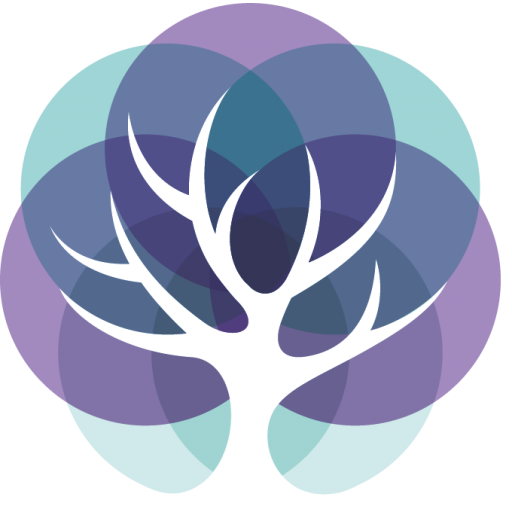by Rory Aitken
Could modern technology empower and assist with independence?
Introduction
Technology continues to reshape our world, driving progress year after year. One of its most powerful applications lies in how we support our aging population. With the right innovations, we can enhance independence, improve health outcomes, and elevate quality of life for older adults.
From smartwatches that monitor vital signs to robotic canes aiding the visually impaired, these tools are no longer futuristic—they’re already making a difference. By integrating such technologies into elderly care, we can foster autonomy and dignity while reducing recovery times and improving overall wellbeing.
As our society grows older, embracing these advancements isn’t just forward-thinking—it’s essential. The future of elderly care is here, and it’s powered by innovation.
Smart-home technologies, personal devices, and independence
We are seeing a drastic increase in the use of smart home technologies, ranging from smartwatches to fall detection systems. Examples include:
- Smart watches – Modern smart watches offer ground-breaking and cutting-edge features like fall detection, emergency SOS, heart rate, and Blood oxygen rates. These watches can be linked to blood glucose monitors for effective monitoring, demonstrating how technology can revolutionise elderly care facilitating independence.
- Voice-activated assistants and automatic appliances – Voice-activated assistants are becoming increasingly popular in society. The most common ones are Google, Alexa, or Siri. They can be used for many things, from reminders to take medications to keeping in touch with friends. They help in staying socially active and connected.
- Automatic appliances – Another growing form of technology in modern-day society is automatic appliances. These include kettles, toasters, window cleaner robots, and automatic thermostats. Using automatic appliances can help to relieve and reduce physical strain, enabling independence.
Telehealth and Remote Monitoring
For those who don’t know, Telemedicine is when a person attends an appointment online. This can be via Phone or Video. It has been extremely useful during COVID times when people were self-isolating or during lockdown. Many GP appointments were cancelled. Telemedicine is used for many reasons, for example, reducing waiting times and reducing the need for travel. These practices show how technology can revolutionise elderly care, facilitating independence efficiently.
Remote monitoring – A doctor or health professional can keep an eye on patients remotely. This reduces the need for them to stay in hospital unnecessarily. Remote monitoring can come in many forms, from fall detection in watches to specialty fall necklaces. Glucose monitors are able to be accessed remotely by friends, family, or health professionals.
Key points to remember about Telemedicine:
Virtual GP appointments reduce the need to travel. This is greatly beneficial for people with mobility issues or issues getting around.
Wearable health monitors track vital signs like heart rate, blood pressure, and glucose levels. These can be extremely useful in many cases and can often save lives.
Assistive Robotics, mental stimulation and AI Companions

Robotic companions and AI-driven tools are becoming more common in care settings. Examples include robotic pets that provide care, comfort, and a sense of responsibility. AI chatbots could be used to tackle loneliness and social isolation. While still evolving, these technologies show promise in reducing caregiver burden, and technology can revolutionise elderly care facilitating independence. They enhance the quality of life.
Computers and tablets – Using tablets or PCs. Providing something fun and enjoyable to do. Puzzle games particularly stimulate the brain and provide entertainment.
Virtual reality (VR) – Individuals can use VR as a way to visit past memories and places. They can experience things they’ve wanted to do, see things they’ve always wanted to see. VR allows them to enjoy playing online games with each other. This can comfort the elderly and give them more to do.
Statistics
45% of the over-65s in the UK are unable to use the internet without proper support.
67% of people in the UK over 65 say they use a smartphone daily.
69% of people say that life is easy with technology when they know how to use it.
Conclusion
Ultimately, the story of technology in elderly care is one of empowerment. It’s about giving individuals more control over their daily lives. This promotes independence and opens up new avenues for enjoyment and learning. Smart reminders support medication adherence. Virtual reality experiences transport them across the globe. As a result, these tools are significantly enhancing the quality of life. Technology can revolutionise elderly care with innovation.
Sources of information
- https://www.oxleycare.co.uk/technology-and-live-in-care-how-digital-tools-enhance-care-giving/
- https://www.gov.uk/government/publications/falls-applying-all-our-health/falls-applying-all-our-health
- https://www.ispreview.co.uk/index.php/2024/03/age-uk-claim-2-3-million-people-aged-65-still-dont-use-the-internet.html#:~:text=Age%20UK%20Claim%202.3%20Million,%C2%BB%20ISP%20News%20%C2%BB
- https://www.sensio.com/blog/why-urgent-to-introduce-care-technology-in-elderly-care
- https://healthcraftproducts.com/fall-prevention/smart-home-devices-for-enhanced-fall-prevention-in-older-adults/

